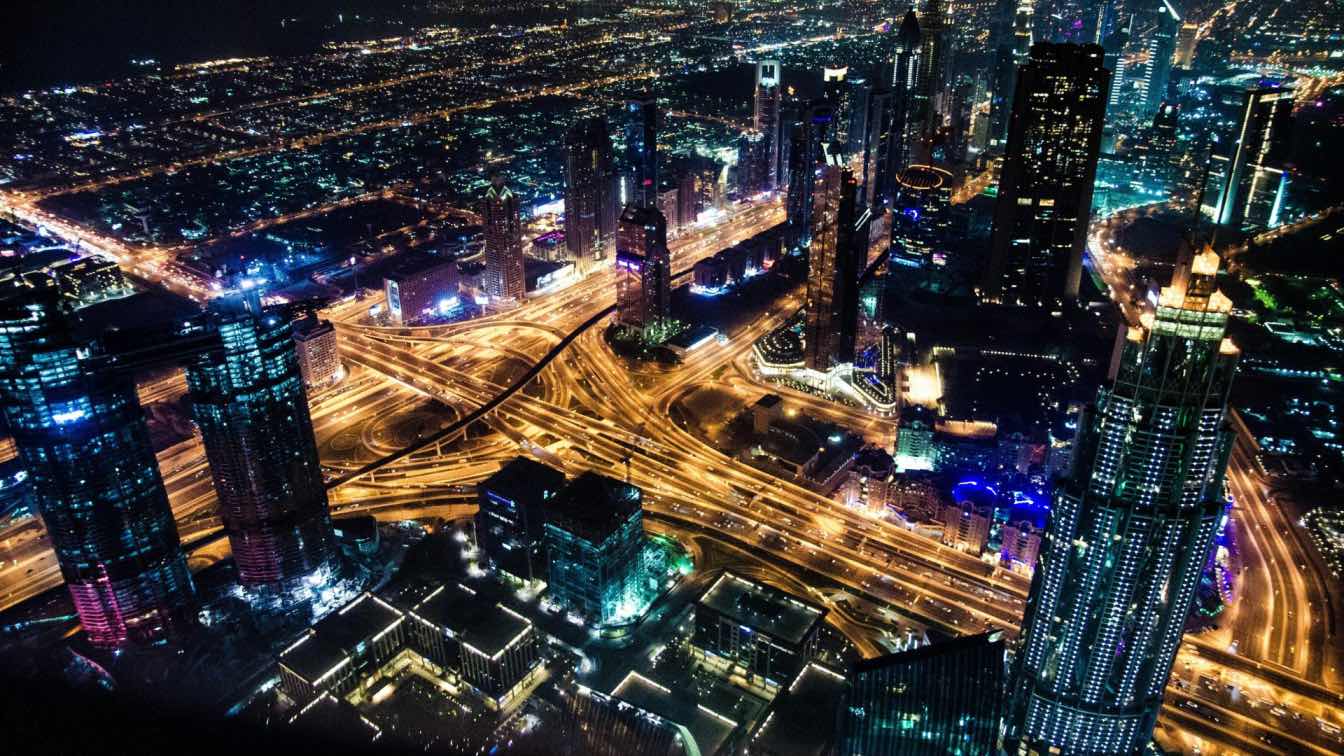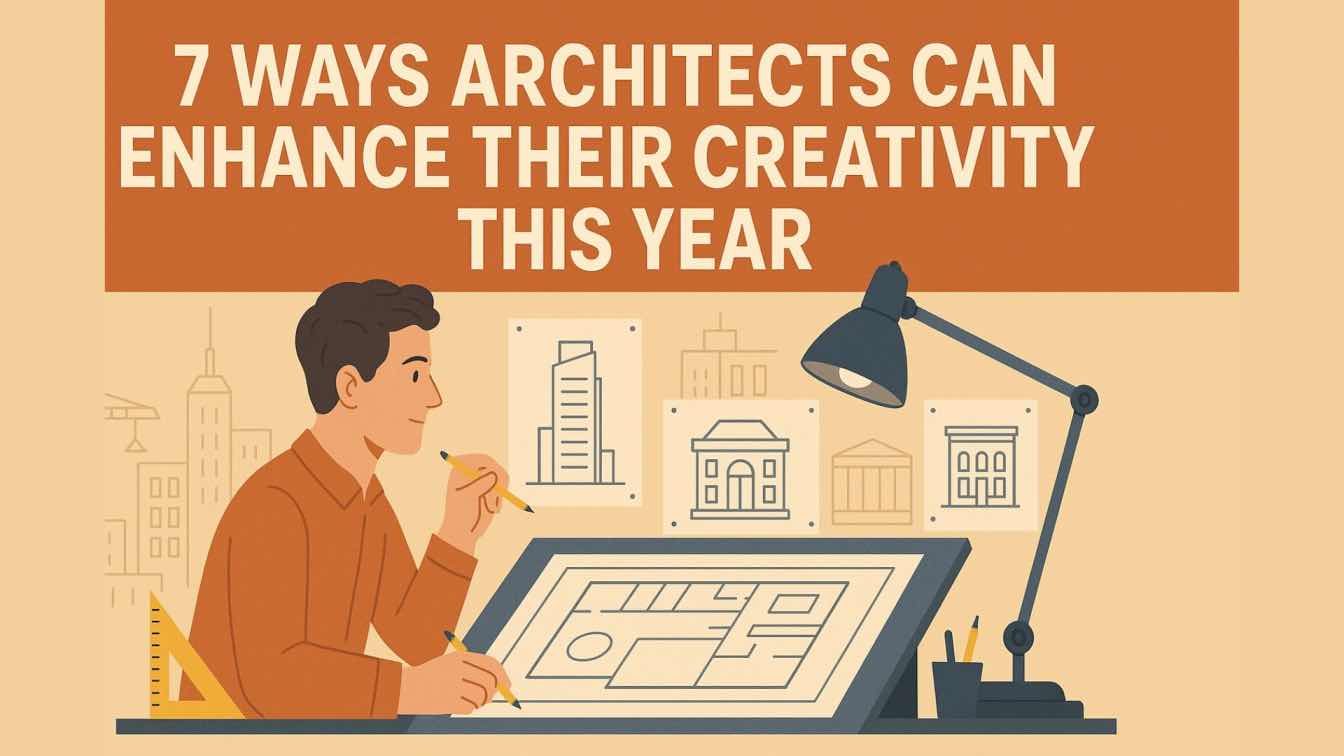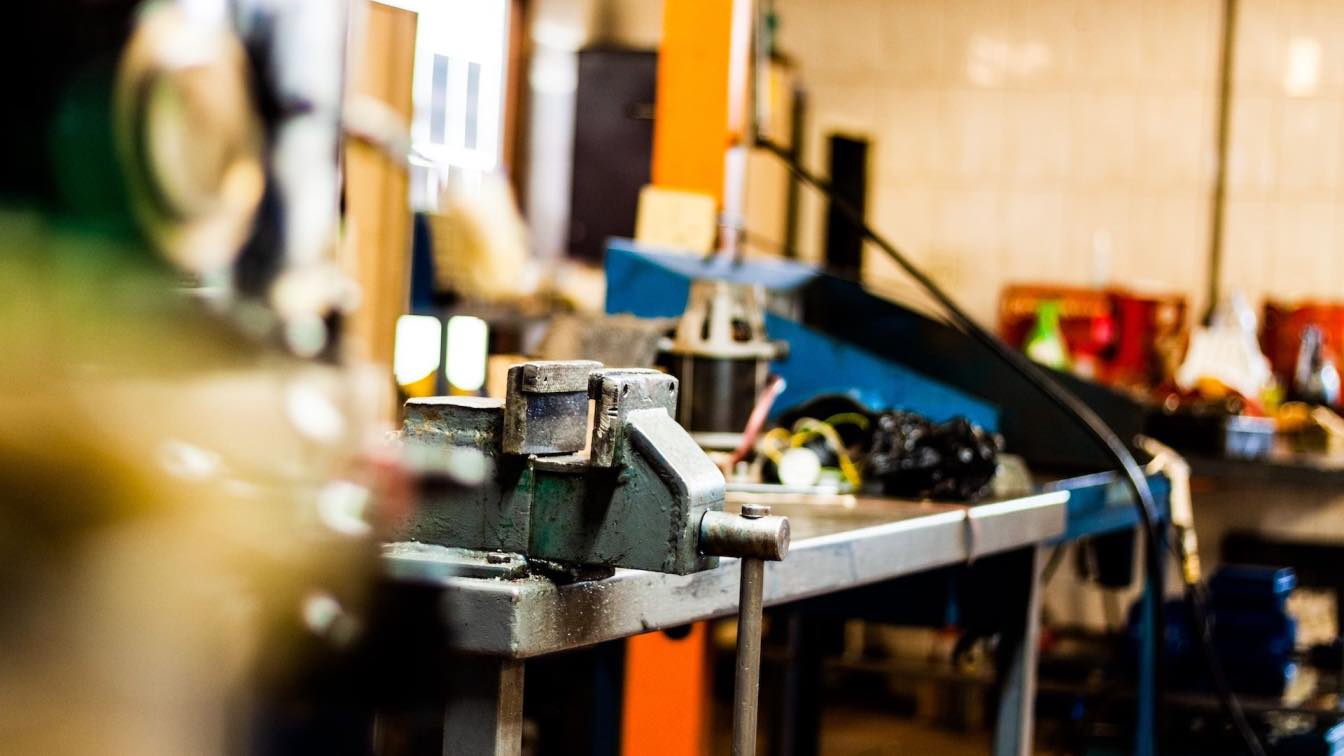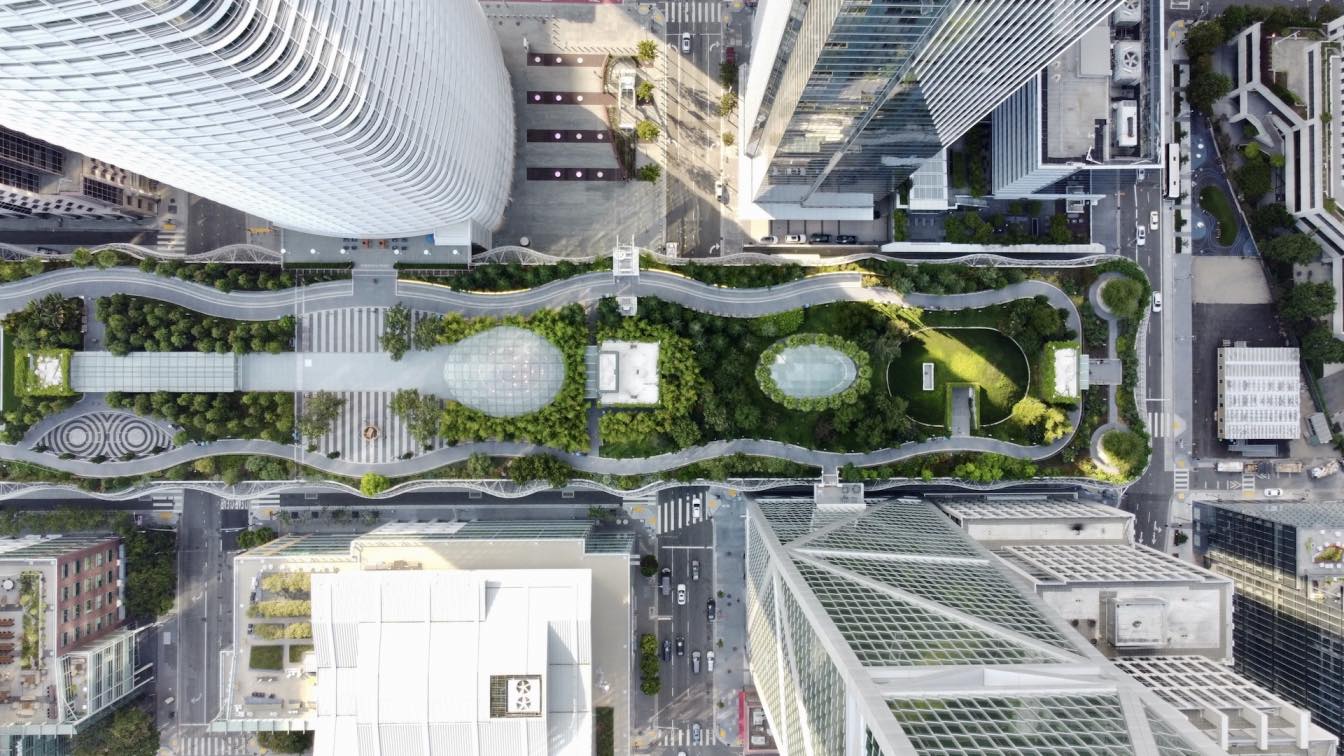Creating safer urban spaces involves forward-thinking design, smart choices, and making everyone feel secure in their surroundings.
This year, there’s a stronger focus on universal accessibility, better materials, and intentional layouts. Safety must be baked into every corner of city life.
With all that in mind, here’s an overview of a few key considerations shaping how cities keep people safe every day.
Enhancing Public Lighting for Safer Streets
Proper lighting transforms public spaces. Bright, even illumination reduces dark spots where danger might lurk. LED lights, which are widely used today as part of the latest lighting trends, offer energy efficiency and consistent brightness.
Positioning matters too. Placing lights near sidewalks, intersections, and transit stops ensures better visibility for pedestrians and drivers alike. Adaptive systems that adjust brightness based on activity levels keep areas well-lit when needed most while saving energy during off-hours.
Well-lit streets encourage more people to use public spaces at night confidently. Better lighting is a simple yet powerful tool in urban safety strategies worldwide.
Designing Inclusive and Accessible Urban Spaces
Urban spaces must serve everyone. Thoughtful designs consider mobility, vision, and cognitive challenges to create areas where everyone feels welcome and safe.
Ramps replace stairs, tactile paving aids navigation for the visually impaired, and clear signage reduces confusion. Wide pathways accommodate wheelchairs while minimizing crowding.
Essentially, universal design makes cities equitable and secure. When accessibility is prioritized from the start, it prevents exclusion while fostering community connection in shared public spaces. Safety starts with ensuring no one gets left behind in urban planning decisions.
Traffic Management Techniques to Minimize Risks
Traffic planning saves lives. Poorly designed intersections, a lack of pedestrian crossings, or confusing signage lead to accidents. Cities must prioritize clear layouts with dedicated lanes for cars, bikes, and pedestrians.
Responsibility is a way of guaranteeing accountability after incidents. Negligent planning can result in costly legal aftermaths for municipalities and developers alike.
For example, when accidents occur due to unsafe road designs, individuals often seek support from local experts. In the Midwest, this means working with the likes of accident lawyers in St. Louis, MO who know how to handle such cases. Thus, design which nips issues that cause accidents in the bud early on avoids costly litigation and payouts later.
Using Resilient Materials in City Infrastructure
Durable materials mean safer spaces which are also more sustainable. Crumbling sidewalks, unstable railings, or poorly maintained surfaces lead to injuries and hazards.
Modern infrastructure uses resilient options for public areas, such as weather-resistant concrete, anti-slip coatings, and shatterproof glass. These materials endure heavy use and harsh conditions while maintaining safety standards.
Regular maintenance matters too, ensuring long-term safety. Prioritizing resilience not only protects residents but also reduces costly repairs for cities down the line, making urban spaces more dependable for everyone using them daily.
Community-Driven Safety Initiatives in Neighborhoods
Communities know their safety needs best. Local residents bring firsthand insights about problem areas like poorly lit streets, speeding zones, or unsafe playgrounds.
Neighborhood watch groups, community meetings, and reporting apps empower people to voice concerns and propose solutions. Collaboration with city officials turns these ideas into actionable plans.
Engaged communities lead to safer environments by ensuring decisions reflect local priorities. They create spaces that feel secure because they’re designed with collective input and care from those who use them regularly.
Strategic Placement of Green Spaces for Visibility and Comfort
Green spaces improve cities, especially now that 68% of the global population is urban. However, their layout impacts safety. Open parks with clear sightlines reduce hidden corners where crime might occur. Well-placed seating and pathways enhance visibility while encouraging usage.
Shrubs and trees are carefully chosen. Low-growing plants keep views unobstructed, ensuring people feel secure when walking or relaxing. Lighting near paths extends safety into the evening.
When greenery is thoughtfully integrated, urban spaces balance beauty with function, promoting well-being without compromising visitor security.
The Role of Technology in Modern Urban Safety
Smart technology transforms safety measures. Surveillance cameras, connected to AI systems, detect unusual activity and alert authorities quickly, with this market alone growing 21.3% annually. Sensors monitor air quality and structural integrity, preventing hazards before they escalate.
Mobile apps keep residents informed about emergencies or unsafe areas in real time. Smart traffic lights even adjust patterns to reduce congestion and accidents.
Integrating these innovations into urban planning lets cities become proactive instead of reactive, creating safer environments that leverage modern tools to protect communities more effectively than ever before.
The Last Word
Safer urban spaces rely on thoughtful design, durable materials, and smart technology. Inclusive planning and community involvement ensure cities serve everyone’s needs. These strategies are delivering better environments for 2025 and beyond. Small changes today create safer, more welcoming spaces for future generations to thrive in.





